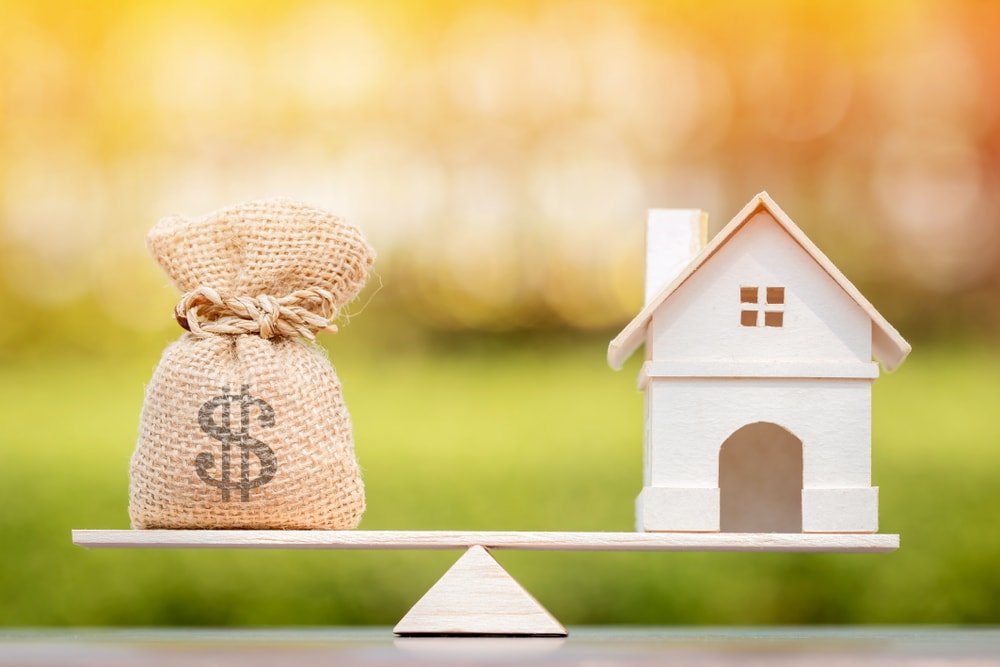When you take out a second mortgage, a name for a home equity line of credit, you’re offering your house as collateral to secure another loan. The upside: You can gain access to up to 85% of your home’s value, minus your current mortgage balance and adjusted based on your creditworthiness.
The downside? If you can’t make your payments, you could lose where you live.
Because the stakes are high, you want to make sure you use a HELOC for the right reasons. Here are a few.
Making home improvements
Most people who take out a HELOC do so to make home improvements. Experts say you should only do this if the improvements you’re considering will increase your home’s value. This way, the money you’re borrowing will be returned when you sell your house at a higher price.
The National Association of Realtors’ 2015 Remodeling Impact Report lists these six changes as the ones with the best return on investment:
- Installing a new front door.
- Installing new siding.
- Upgrading your kitchen.
- Adding on to your deck and patio.
- Making an attic into a bedroom.
- Installing a new garage door.
These improvements can range from a few hundred to tens of thousands of dollars, but they don’t change the footprint of your home and tend to be what future buyers look for.
Supplementing an emergency fund
Everyone should have an emergency fund to cover events such as unexpected car repairs and appliance breakdowns. Most people keep these in savings accounts, but you might consider a home equity line of credit as another source of cash. You only pay interest on the amount you borrow, and you could pay the loan off quickly to save money. Still, it makes more sense to have an emergency fund that’s earning a little interest rather than one that charges you interest.
Paying off high-interest debt
Because the average interest rate on a HELOC is much lower than the average credit card interest rate, many people think about using a HELOC to pay off their credit cards. This is a great strategy if you’re committed to never carrying a balance again. Otherwise, you’re just adding another debt at a lower rate.
Regardless of how you use a HELOC, remember that the interest rate is variable and may change each time you tap it. And you’ll have to repay the entire loan by the end of the payment period set by the lender. On the upside, the interest you pay on a HELOC is tax deductible, like your mortgage interest. If you use a HELOC for the right reason, that’s just one more benefit.
© Copyright 2016 NerdWallet, Inc. All Rights Reserved

